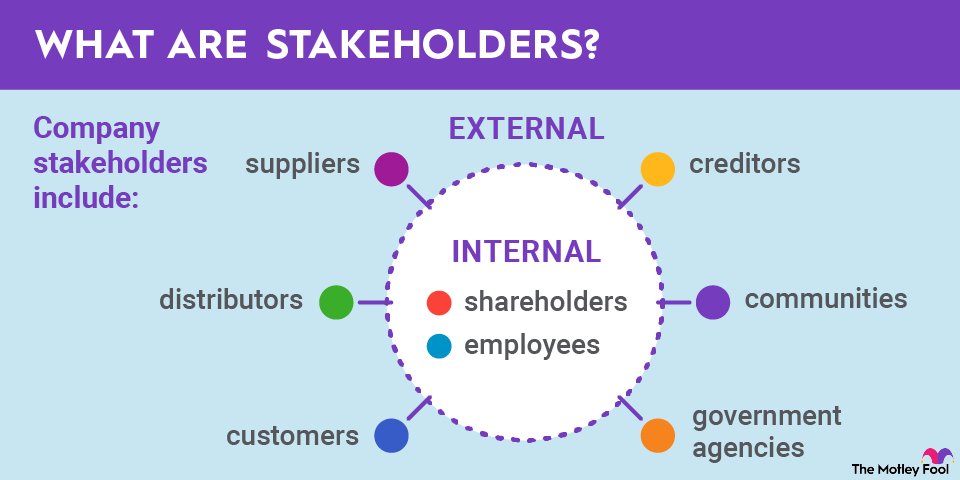Stock warrants are an alien concept to many investors, but for seasoned investors, they can be one of the most lucrative ways to invest in a stock. Like options, they offer leverage on a stock's price. However, unlike options, they are directly issued by the underlying business.

What is a stock warrant?
Stock warrants are an innovative financial instrument that give holders the right -- but not the obligation -- to buy a stock at a certain strike price before a set expiration date.
If that sounds like an options contract to you, you're right. Warrants and options are very similar, including leverage and expiration dates. The key difference is that warrants are issued directly by the company, not created between investors.
Companies often issue warrants as part of larger deals to attract investors. For example, a company will issue corporate bonds with a lower-than-market interest rate and attach warrants to the purchase to attract investors. The investors don't quite get the yield they could elsewhere, but the upside of the warrant is attractive enough to convince them to make the purchase.
Once issued, warrants can trade on secondary markets, allowing retail investors to buy and sell them through brokerage accounts.
How stock warrants get their value
Like options, warrants have two components of value:
- Intrinsic value: The difference between the stock’s current price and the warrant’s strike price (never less than $0).
- Time value: The extra value investors are willing to pay based on the remaining time until expiration and the chance the stock price rises.
As expiration approaches, time value shrinks. Warrants with more time remaining and more uncertainty tend to trade at higher prices.
Why warrants are so risky (and so powerful)
Warrants are leveraged to the underlying stock. A small move in the stock price can lead to a much larger move in the warrant’s price.
That leverage cuts both ways. If the stock rises well above the strike price, warrants can deliver outsized gains. If it doesn’t, the warrant can fall to $0.
A real-world example
During the financial crisis, the U.S. Treasury received warrants as part of bank bailouts. One well-known example gave investors the right to buy Bank of America stock at $13.30 per share.
As the bank recovered, its stock price surged well above the strike price. Investors who bought those warrants early saw massive gains, even though the underlying stock itself moved more modestly.
The same mechanics apply today: leverage magnifies both profits and losses.
Stock warrants vs. stock options
While warrants and options look similar, there are important differences:
- Issuer: Most warrants (with an exception we'll discuss below) are issued by the actual business, and when exercised, the business issues new stock for the holder to buy. Options contracts are set up by two parties unrelated to the business, such as a stock broker. When an option holder exercises the option, the shares will change hands.
- Calls and puts: Calls give the holder the right to buy a stock, and puts give the holder the right to sell a stock. Put warrants do exist and allow investors to hedge their investments when buying new issues, but they are not as popular as put options or call warrants. The main advantage of put options is that their price goes up when the stock price goes down. If you buy a put warrant directly from the company and the price goes all the way down to $0, you may not be able to sell your stock back to the company.
- Term: Long-Term Equity Anticipation Securities (LEAPS) are the stock options with the longest terms. Most LEAPS do not offer terms greater than two years. This limits the time value of the option, which means investor upside is capped at a lower number. Warrants, on the other hand, can have a term of up to 15 years. That's a long time for the underlying stock to rise well above the strike price of the warrant.
- Capital: The final difference is that warrants represent future money that will be invested in the company (as long as the stock price stays high enough). When warrant holders exercise their warrant and buy shares, that money goes into the company's coffers.
Types of stock warrants
There are different types of warrants that have subtle tweaks from the type discussed above. Let's go over the different types.
- Traditional: Traditional warrants are calls that give investors the right to buy the underlying stock from the company at a set strike price before the expiration date.
- Put warrants: Put warrants operate like traditional warrants but give investors the right to sell their stock back to the company at a strike price. This type of instrument allows investors to hedge their stock position. If the stock price falls below the strike price, they can still sell at the strike price.
- Wedded warrants: Wedded warrants are attached to another security, usually bonds or preferred stock issued by the subject company. If the investor chooses to exercise the warrant, they must also relinquish the bond or preferred stock to the company.
- Covered warrants: Also known as naked warrants, these aren't issued by the underlying company. Instead, they are issued by a financial institution that holds stock of the underlying company on its balance sheet. Covered warrants effectively act like stock options where the counterparty is a major financial institution.
Are stock warrants right for you?
Stock warrants aren't as popular in the U.S. as they once were, mostly because stock options fill a similar role. That doesn’t make warrants bad. it just means they’re less liquid and less familiar.
For experienced investors who understand leverage and position sizing, warrants can offer unique opportunities. But they require discipline. Because a warrant can become worthless quickly, overexposure can be costly.
Used carefully, warrants can be a powerful tool. Used casually, they can be an expensive lesson.



















